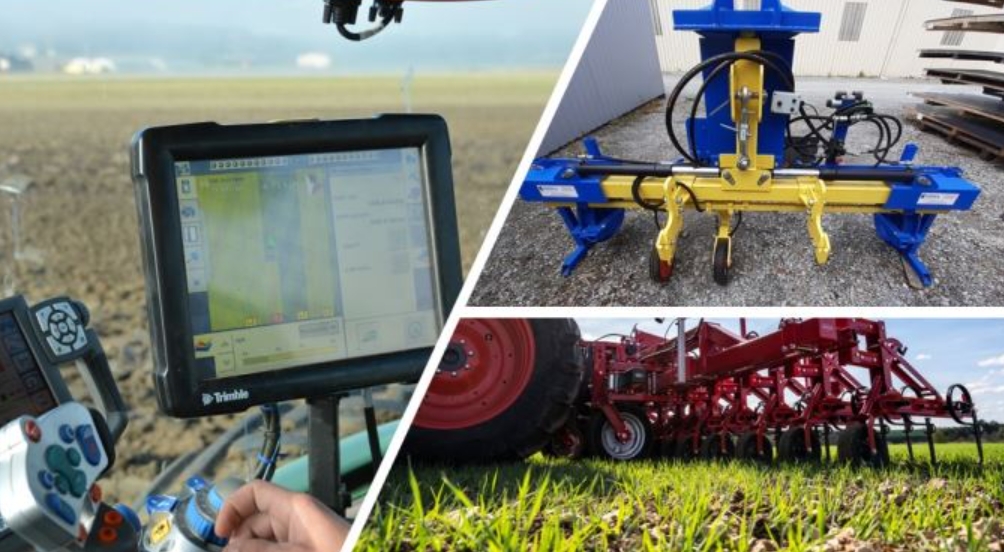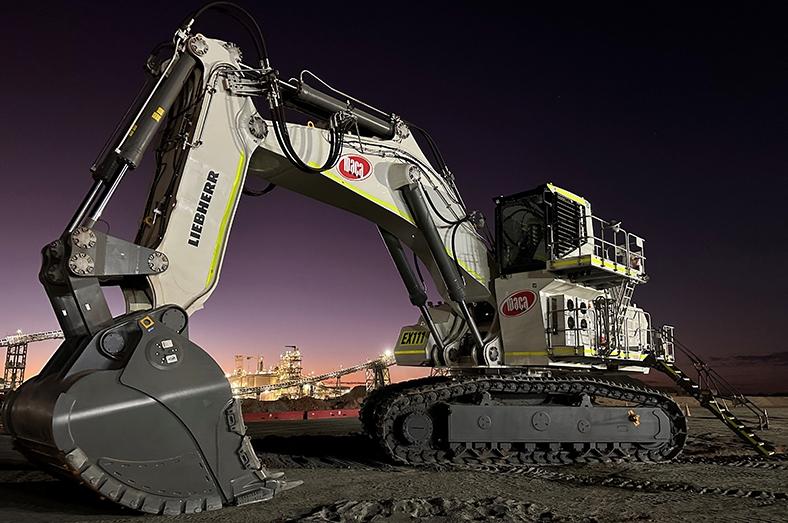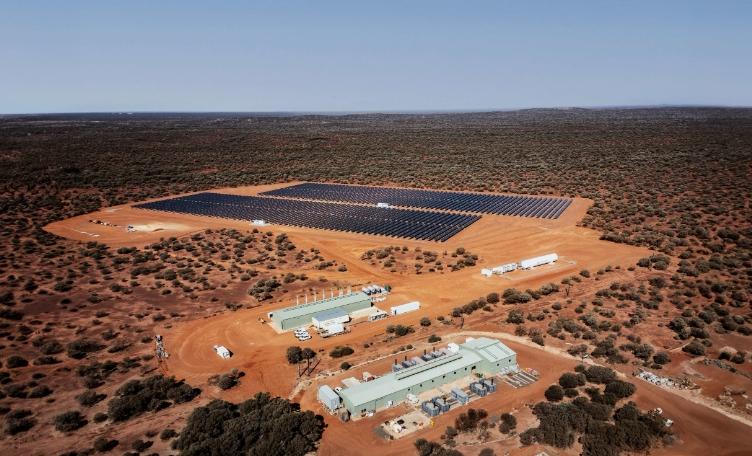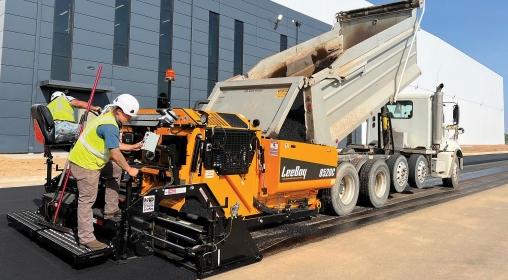Autoguiding systems by GPS RTK or by camera provide both working comfort and precision, each with their advantages and disadvantages. Both are very expensive. Other systems exist.
RTK, comfort and work speed
RTK (“real time kinematic”) is the only GPS system that allows precision to the centimeter, and which records the trace of a passage. It can be interesting for work carried out with a weeder harrow or a rotary hoe to avoid overlapping, but it is especially in hoeing that it is valuable. Main advantage compared to other systems, the RTK allows you to work day and night.
RTK also provides flexibility. When sowing in six rows, it is normally essential to hoe in six rows. Having an RTK system makes it possible to overcome this constraint, you can work with a four-row hoe even if the seeding was done in six or eight rows. Since the RTK has recorded all the seeding lines, it automatically resets itself when hoeing. In any case, it is essential to have perfect wedging between the seeder and the hoe.
“Often we realize that the settings are not good, either on the seeder or on the hoe, says Hervé Masserot, machinery adviser at the Cuma de l’Ouest federation. It can go up to two or three centimeters, and it shifts everything.” Having an RTK is not enough if you have not checked its settings beforehand. “It is also preferable to have sown with the same tractor as for hoeing, for better precision,” adds Stéphane Volant, new technologies expert at the Cuma de l’Ouest federation.
Furthermore, if the distance between the antenna (on the tractor) and the working parts (sowing elements, hoe blades) varies from one site to another, this can cause offsets. Also pay attention to the differences in height, “if the field is sloping, the RTK can be wrong, we can have a difference” warns Damien Legault, organic farmer in Vritz (Vallons-de-l’Erdre, Loire-Atlantique). There are compensation systems: camera systems or second GPS on the hoe.

The risk of signal loss can lead to unpleasant surprises. Generally GPS boxes know how to calculate to keep the line, provided that the loss of signal does not last too long. The RTK can be coupled to a row sensor, to compensate for any signal loss. But “the disappearance of the signal is less one less of a problem” remarks Stéphane Volant.
Finally, the cost of RTK requires careful consideration of your investment. It is necessary to count at least 10,000 euros on the tractor and 5,000 to 10,000 euros for the equipment of the tools. We must also add the cost of the subscription, several hundred euros per year.
For Hervé Masserot, “you have to have a global utility of RTK for your system, if it’s just a corn driving aid, it’s not of interest”.
The camera, a reliable but very expensive tool
The camera is the most expensive guiding tool, around 15,000 to 25,000 euros. “This doubles the price of the hoe”, sums up Hervé Masserot. It is mainly useful for large farms that have a large farm and the need to hoe large areas in a limited time. The hoe is equipped with a double frame, the camera is fixed on a fixed frame and guides the left-right movements of the mobile frame so that it follows the row. “It’s an interesting driving aid, it reassures the driver,” notes the machinery expert from the West Cuma federation. The camera is valuable, especially at the early stages of crop development: precision, high work rate.
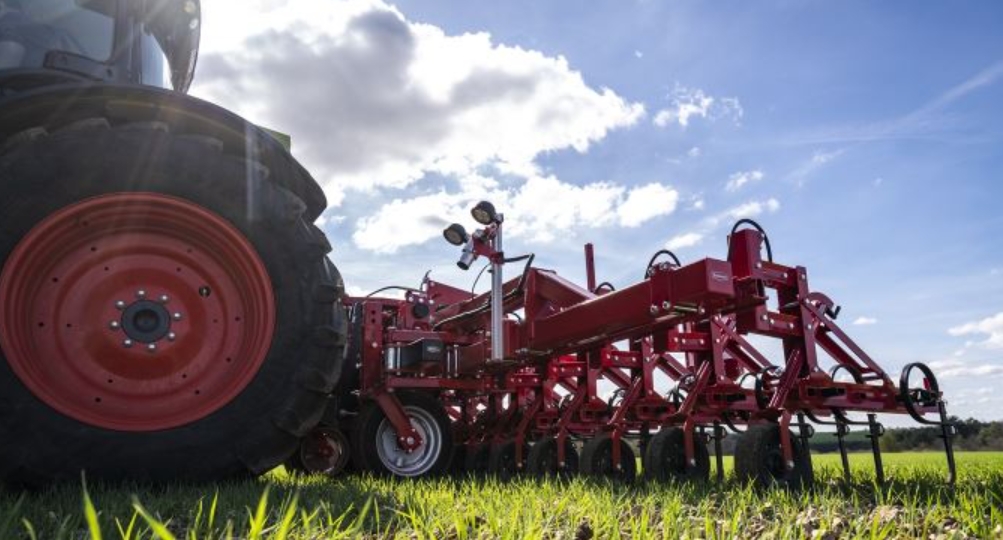
The camera, however, does not like shadows. At the 8-10 leaf stage, it no longer works. Similarly, in the event of pronounced reflections of the sun on dry floors, the brightness saturates the camera and prevents it from identifying the nuances. Auxiliary lighting, often LED, is generally mounted on the hoe to guarantee more constant luminosity.
In addition, many cameras today distinguish colors and some allow them to be configured to identify weeds more easily. Technological evolution is very rapid thanks to artificial intelligence both in terms of resolution and data processing, these defects are therefore gradually corrected. This is how the 3D mode, which has made its appearance, can be useful when the ground is strewn with weeds.
Sensors, practical in addition
The sensors are often used in addition to the camera to intervene in more difficult situations: when we reach the eight-ten leaf stage of corn for example, or when the wind causes the foliage to move strongly. These are metal rods controlling the cylinder of the double frame when pressure is exerted (the foot of corn).
The cost of sensors is around 7,000 euros, so it is cheaper than GPS RTK systems or cameras, but it does not work in all situations: the corn must be sufficiently developed and rigid.
Photoelectric and ultrasonic cells, very simple but less precise
There are different detection systems using sensors (photoelectric cells). The Godin frères company in La Pommeraye (Mauges-sur-Loire, Maine-et-Loire) has developed a precision guidance device with photoelectric cells, “Précizo”. This interface is placed between the tractor and the hoe. Two cells detect the crop plants and activate the sliding frame if necessary, the announced accuracy is two centimeters. “It’s very easy to use, there are few settings to make, highlights Armand Briand, technical sales representative at Godin frères. We bolt the photocells with the 19 key, that’s all”.
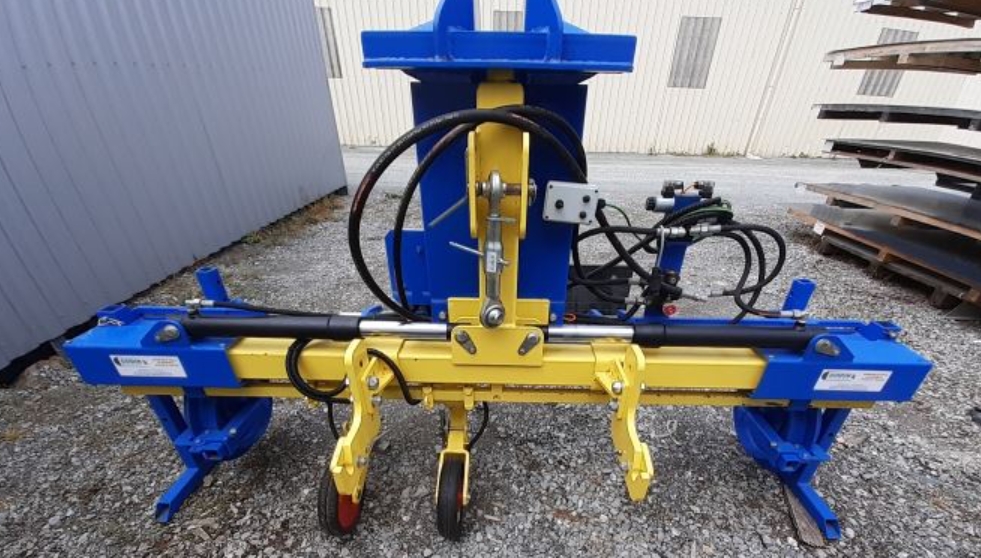
The device has its limits: the crop must be sufficiently developed, five to ten centimeters, and it cannot distinguish a weed from a crop.
The cost is 11,300 euros for interfaces suitable for hoes weighing less than one ton.
Ultrasonic distance detection systems also exist but with the same advantages and the same limits.
The front hoe, rustic but practical
The front hoe can help the farmer to guide himself easily, “it’s a good inexpensive option that can bring a little working comfort” slips Hervé Masserot. This is the choice made by Damien Legault, organic farmer in Loire-Atlantique. On the other hand, he has an RTK GPS to carry out his sowing. Guidance is done by the orientation of the tractor, which brings greater precision, but it also requires the driver to be more attentive.
Beyond all this precision equipment, there is one element not to be underestimated: immediate availability. “I prefer that the guys have their set ready to start, a key tractor for the season with the hoe hooked up and adjusted rather than relying on a GPS for example”, testifies Hervé Masserot, machinery advisor to the Cuma federation of the West. “When you’re not used to the camera, you can make mistakes.”

